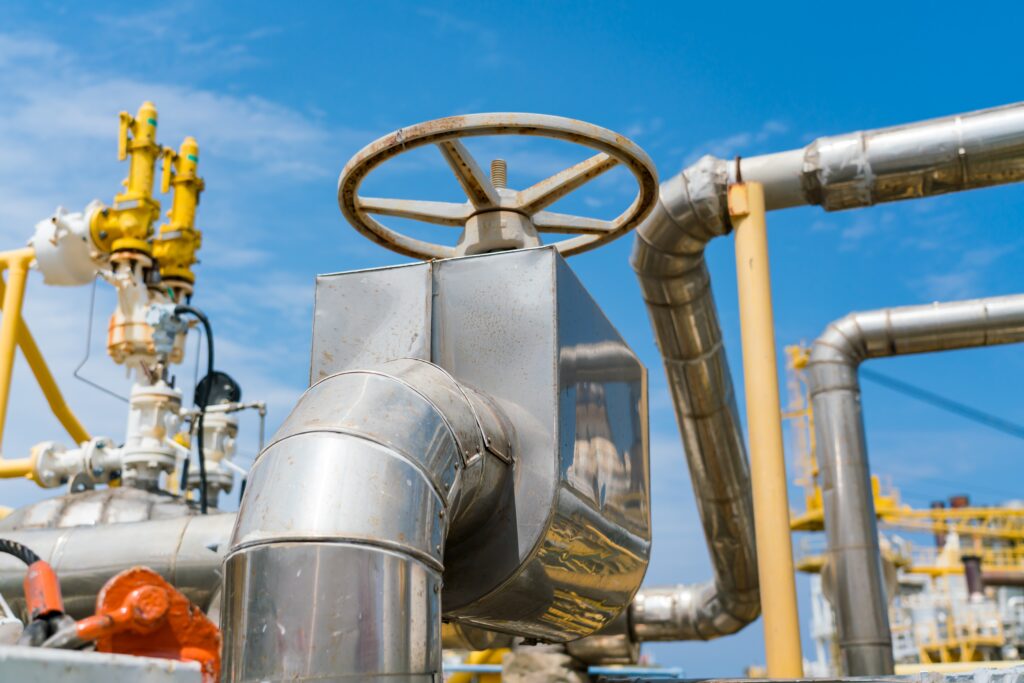Russian gas transit to the EU through Ukraine has stopped after a five-year deal expired. This marks the end of a decades-long arrangement. While most EU states remain unaffected, non-EU countries like Moldova face shortages.
EU Prepares for Change Amid Strategic Shifts
The European Commission assured that most member states had prepared for the transition and secured alternative energy sources. Austria reported no expected disruptions due to its diversified supplies. However, Slovakia, now a key entry point for Russian gas, faces higher costs and rising consumer prices by 2025. Slovak Prime Minister Robert Fico warned of “drastic consequences” for the EU while accusing Russia of using energy as leverage.
Poland, importing gas from the US, Qatar, and the North Sea, offered support to Ukraine if Slovakia halts electricity exports. Polish officials emphasized the need for alternative routes to limit Russia’s energy influence. Moldova, heavily reliant on Russian gas, declared a state of emergency, accusing Russia of “energy blackmail” targeting its stability before elections.
Broader Implications for Europe
Russia’s gas market in Europe has diminished significantly since the invasion of Ukraine in 2022. Russian gas accounted for less than 10% of EU imports in 2023, down from 40% in 2021. Despite this, some countries, like Slovakia and Austria, still imported substantial amounts.
In Moldova, energy shortages intensified after Gazprom restricted supplies, leaving the breakaway region of Transnistria without heat. Local authorities urged residents to conserve energy as temperatures dropped below freezing. Moldova’s government accused Russia of weaponizing energy, but steps were taken to stabilize power supplies.
The EU continues to pivot toward liquefied natural gas (LNG) from Qatar and the US and piped gas from Norway. The European Commission announced plans to fully replace gas previously transiting through Ukraine, symbolizing a broader effort to reduce dependency on Russian energy.
